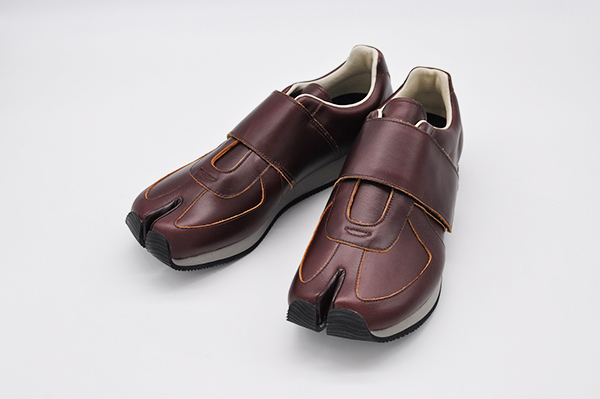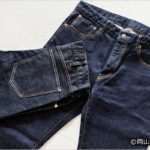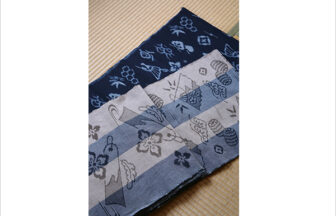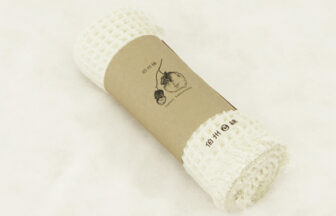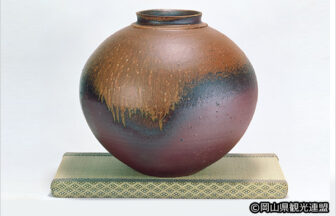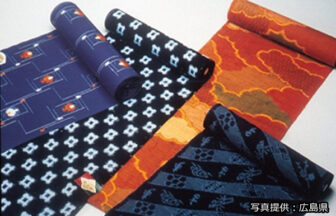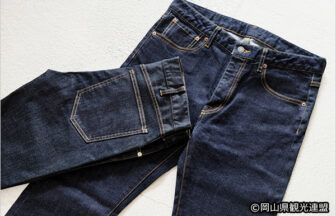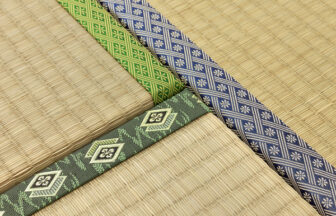Production Area
Kurashiki City, Okayama Prefecture
Historical Details and Geographic Characteristics
After the cultivation of salt-resistant cotton during the Edo period, textiles industries using cotton flourished in the reclaimed land in the Kojima area of Kurashiki city, which then led to the development of sanada himo cords and a cotton fabric known as kokura-ori. With the textile industry as the foundation, the Nozaki Clan, who later became the landowners of the salt fields in the 19th century, began the production of tabi (traditional Japanese split-toe socks which have long been made using cotton) using kokura-ori.
What brought tabi production to its peak during the Taisho period in 1919 was the introduction of the sewing machine by Matsumi Akebono at the beginning of 1906. Around the same time, rubber-soled jika-tabi were newly introduced. However, due to the depression after World War I, tabi manufacturing received a blow, and a number of businesses made use of their manufacturing techniques, etc., to switch their production to student uniforms. Tombow and Nippon Hifuku are representative examples of companies that switched to school uniforms. This also explains the current location of school uniform manufacturers in the same area of tabi socks.
Even now in Kurashi City, one of the three major producers of traditional tabi, new clothing items are being produced in response to the ever-changing needs, such as colorful, fashionable jika-tabi, along with tabi-like shoes that promote health.
Main Retailer/Exhibition Facility
Tombow History Museum Hasshokan
| Address | 1212 Osaki, Hachihamacho, Tamano City, Okayama Prefecture (Inside Tombow Co., Ltd. Tamano Head Office Factory) |
|---|---|
| Phone | 0863-51-1515 |
| Hours of Operation | By reservation only |
| Closed | - |
| Admission Fee | Free |
| URL | https://www.tombow.gr.jp/uniform_museum/hasshoukan/ |




